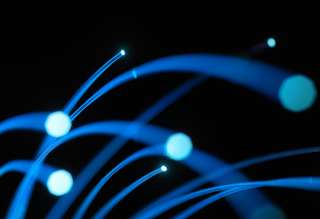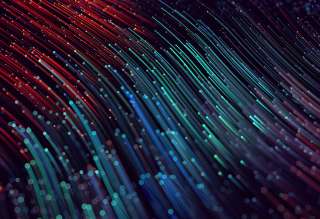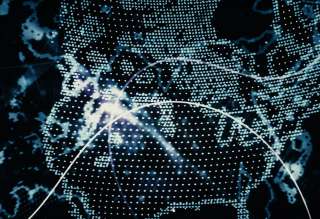SPS Feed
Top Reasons to Join SPS Today!
1. IEEE Signal Processing Magazine
2. Signal Processing Digital Library*
3. Inside Signal Processing Newsletter
4. SPS Resource Center
5. Career advancement & recognition
6. Discounts on conferences and publications
7. Professional networking
8. Communities for students, young professionals, and women
9. Volunteer opportunities
10. Coming soon! PDH/CEU credits
Click here to learn more.
The Latest News, Articles, and Events in Signal Processing
Manuscript Due: 28 February 2024
Publication Date: December 2024
Manuscript Due: 30 November 2023
Publication Date: October 2024
Date: 11 May 2023
Chapter: Atlanta Chapter
Chapter Chair: Wendy Newcomb
Title: Synthetic Aperture Radar (SAR) Signal Processing Challenges and Data Sets for Associated Research
Underwater image enhancement has drawn considerable attention in both image processing and underwater vision. Due to the complicated underwater environment and lighting conditions, enhancing underwater image is a challenging problem.

The Signal Processing research group at the Universität Hamburg has a 3-year opening funded by the German Research Foundation (DFG) on machine learning approaches for joint spatial-spectral multi-microphone speech enhancement.
See our webpage for details and on how to apply.
Date: 12 April 2023
Time: 3:00 PM CET
Speaker(s): Dr. Hao Zhu
Date: 12 July 2023
Time: 9:00 AM ET (New York Time)
Speaker(s): Dr. Weijie Yuan, Dr. Zhiqiang Wei, Dr. Shuangyang Li
Date: 7 July 2023
Time: 1:30 PM ET (New York Time)
Speaker(s): Dr. Kumar Vijay Mishra
Date: 30 June 2023
Time: 9:00 AM ET (New York Time)
Speaker(s): Dr. Fan Liu, Dr. Ya-Feng Liu, Dr. Christos Masouros
Date: 15-19 July 2024
Location: Niagara Falls, ON, Canada
Date: 4-7 December 2023
Location: Nürnberg, Germany
Date: 16-20 December 2023
Location: Taipei, Taiwan
Pages
SPS Social Media
- IEEE SPS Facebook Page https://www.facebook.com/ieeeSPS
- IEEE SPS X Page https://x.com/IEEEsps
- IEEE SPS Instagram Page https://www.instagram.com/ieeesps/?hl=en
- IEEE SPS LinkedIn Page https://www.linkedin.com/company/ieeesps/
- IEEE SPS YouTube Channel https://www.youtube.com/ieeeSPS
























